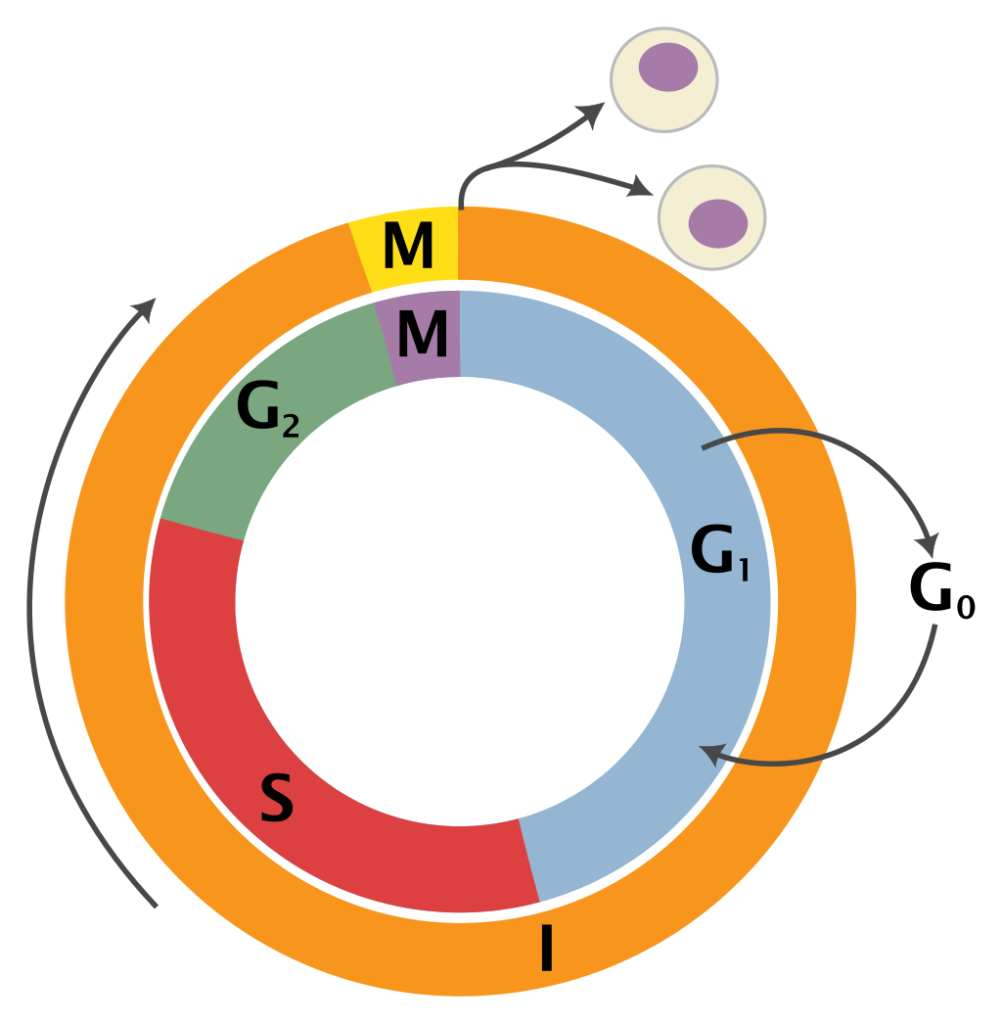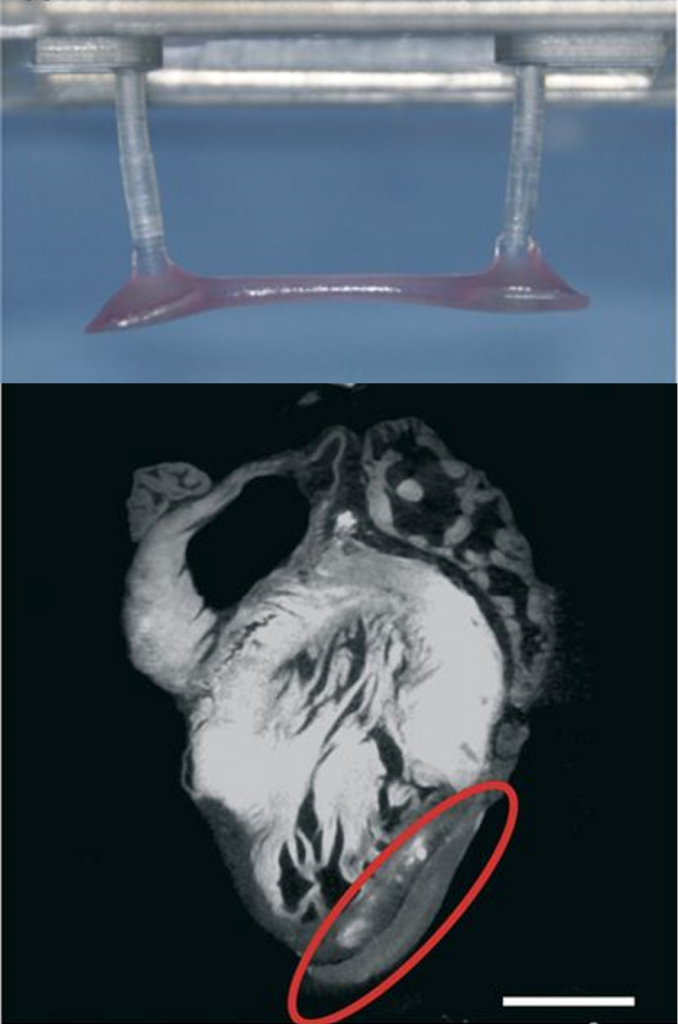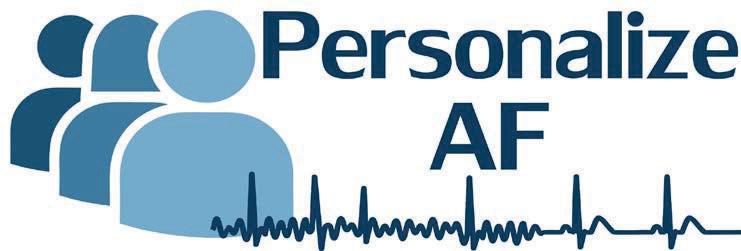Cells from Cells from Cells
-
The (never)ending cycle of life

In a tale of ancient Greek mythology, Prometheus is chained to the rocky mountains of the Caucasus, having his liver ripped out every day by an eagle, only for it to grow back once again over night. This egregious cycle meant to punish Prometheus for giving humans the knowledge of fire, might interestingly serve as a bit of ancient medical knowledge as well. The human liver is actually one of our organs that has impressive regenerative capabilities. Although obviously not in the range of regrowing over night, liver tissue can rebuild to an astonishing degree. For example, already 30% of a liver are enough to fully regrow the organ to its original volume, which can be incredibly helpful in the clinic, allowing one healthy liver donation to be transplanted to several people in need of a liver transplant.
What is true for one type of tissue, like the liver, proves just the opposite for others. The process of cells dividing and multiplying is known as proliferation, and the ability to proliferate varies widely between cell types. One extreme example is the excessive, pathological proliferation in cancer cells (which can be seen in the video below). Of the exact opposite nature, cells losing their ability to proliferate at all, are for example adult heart muscle cells.

If cells divide or cease to proliferate depends on something called the cell cycle. For a proliferating cell this cycle consists of several stages, beginning with the G1 stage, during which the cell increases in size, followed by the S phase, during which the DNA of the cell is doubled, creating an additional set for the soon to be created cell. After S the G2 phase follows, again giving the cell time to grow and prepare for division. Phase M is then finally the actual division of the cell, also called Mitosis, ending with the creation of 2 separated cells. This cycle is regulated through various genes, if some of these genes mutate cell proliferation can become pathological, resulting in uncontrolled creation of cells and in turn cancer. Part of cell cycle regulation can also be the stop of cell division altogether. Cells then enter phase G0, a resting phase. When heart muscle cells become adult, they enter this phase, locking them into a frozen state of eternal, proliferative arrest.
However: the number of muscles cells in our hearts is naturally not going to stay the same throughout our lifetimes. Through injury or aging, heart muscle cells can die. Because they are not able to replenish themselves through proliferation our body has to replace them with cells that can proliferate. These cells are usually Fibroblasts, our bodies key cells to repair injuries. Fibroblasts however do not contract, which in turn reduces the hearts ability to contract and pump blood.
Induced pluripotent stem cells can offer an incredible opportunity regarding this issue. Heart muscle cells do not divide anymore, but pluripotent stem cells can (its kind of what they do, besides differentiating). Through the process of inducing stem cells from easily available cells (like skin fibroblasts), stem cells can be produced in virtually endless numbers, and by differentiating them into heart cells we can circumvent the inability of heart cells to divide, by creating them in the lab.
I know you might be inclined to say, that some cells in the lab are not close to your heart (in an absolutely literal sense). Here is where some exciting, but so far mostly experimental, biomedical engineering comes into play. These cells can be used to make a heart “patch”. By growing lab made heart muscles cells into engineered heart tissues, heart injuries could quite literally be patched up. To better visualize this you can see one of these heart patches placed on an injured guinea pig heart on the right. All of this is of course still very much in its infancy and not to be used widespread in the clinic soon. But who knows, maybe in the future the liver will not be the only organ to grow back.

If you do not want to end up like Prometheus (not knowing about the possibilities of lab grown heart muscle cells), check out the official Twitter and LinkedIn of PersonalizeAF, as well as the hashtag #PersonalizeAF, to learn more about atrial fibrillation and how research is done towards curing it.
Catch you next time, probably with less gruesome mythology. Promise ;).
Thomas Hutschalik
